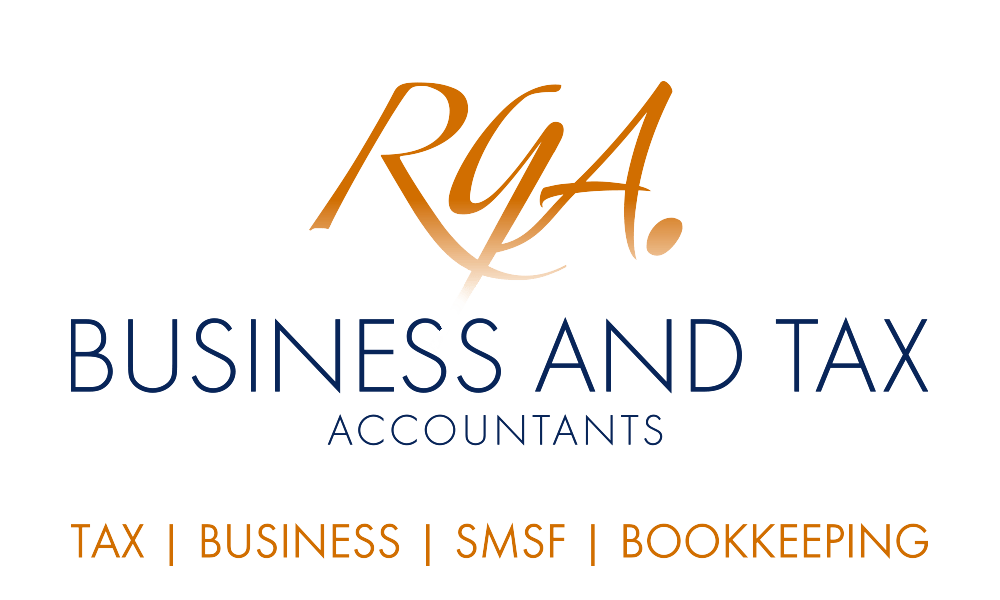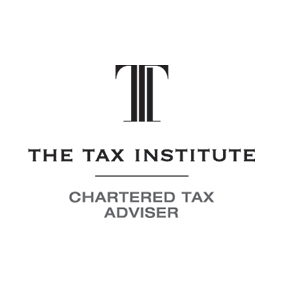Why Strong Sales Don’t Always Mean Strong Cash Flow

A lot of clients told me this week that sales are strong but cash still feels tight. If that sounds familiar, today’s tip will help you spot why that happens.
Why Strong Sales Don’t Always Mean Strong Cash Flow
Many business leaders are celebrating strong sales figures but still find themselves grappling with tight cash flow. If this sounds familiar, you’re not alone. It’s a common challenge, and understanding the reasons behind it is critical to ensuring your business remains financially healthy. Today, we’ll explore why this happens and provide actionable steps to address it.
The Disconnect Between Sales and Cash Flow
Strong sales are undoubtedly a positive indicator of business performance, but they don’t always translate into immediate cash availability. Here are some common reasons why:
- Accounts Receivable Delays
When customers take longer to pay, it creates a gap between when sales are made and when cash is received. This delay can strain your working capital, especially if your business has significant upfront costs or tight payment obligations. For instance, if your accounts receivable balance is growing, it’s a red flag that cash is tied up and not flowing back into the business. - Inventory Management Issues
An increase in inventory levels can indicate that cash is being tied up in stock that isn’t moving quickly enough. This is particularly problematic if the inventory is purchased with cash, as it reduces available funds for other operational needs. Additionally, excess or obsolete inventory can further exacerbate cash flow issues. - Rising Costs
Even with strong sales, rising costs can erode margins and put pressure on cash flow. For example, higher supplier costs, increased wages, or unexpected expenses can quickly eat into your profits, leaving less cash available for reinvestment or operational needs. - Debt and Financing Challenges
Businesses often rely on debt to fund growth or manage cash flow. However, rising interest rates or high levels of unserviceable debt can lead to financial strain. It’s crucial to assess whether your debt levels are sustainable and whether you have access to additional financing if needed. - Negative Cash Flow Cycles
A business can be profitable on paper but still experience negative cash flow. This is particularly common in early-stage businesses or those undergoing rapid growth. Tracking your cash conversion cycle—how long it takes to convert investments in inventory and other resources into cash from sales—can help identify bottlenecks.
How to Diagnose and Address Cash Flow Challenges
If you’re experiencing tight cash flow despite strong sales, here are some steps to help you identify and address the root causes:
- Analyse Accounts Receivable
Review your accounts receivable to identify overdue payments. Consider adjusting payment terms to encourage faster collections, such as offering discounts for early payments. Strengthen your credit policies to ensure you’re working with customers who are likely to pay on time. - Optimise Inventory Management
Evaluate your inventory levels to ensure you’re not overstocking or holding onto obsolete items. Implement a purchasing schedule to avoid buying too late or too early, and consider strategies to improve inventory turnover. - Review Pricing and Costs
Analyse your pricing strategy and cost structure. Are your prices aligned with market conditions and your cost base? If costs are rising, consider whether a price adjustment is necessary to maintain margins. Communicate any changes clearly to your customers, emphasizing the value you provide. - Strengthen Cash Flow Management
Develop a robust cash flow strategy that includes pre-billing customers, renegotiating payment terms with suppliers, and maintaining a cash reserve for unexpected expenses. We have have tools available to provide valuable insights into your cash conversion cycle, debtor and creditor days, and overall cash position. - Engage Your Team and Advisors
Regularly review your financial performance with your team and advisors. Establish accountability loops to monitor progress and adjust strategies as needed. A one-page plan for key stakeholders can help align efforts and improve engagement.
The Bottom Line
Strong sales are a great foundation, but they’re only part of the equation. To ensure long-term success, businesses must focus on effective cash flow management, strategic planning, and continuous improvement. By identifying the root causes of cash flow challenges and taking proactive steps to address them, you can turn tight cash flow into a strong, sustainable financial position.
If you’re unsure where to start, contact us. We can leverage Mindshop tools to provide the insights and guidance you need to navigate cash flow challenges and build a resilient business.
Insight to Consider:
Remember, cash is the lifeblood of your business. Even with strong sales, a lack of cash can stifle growth and create unnecessary stress. By taking a proactive approach to cash flow management, you can free up resources to focus on what truly matters—serving your customers, supporting your team, and achieving your long-term vision.
Need Help with your Business, Bookkeeping, Tax or SMSF requirements?
If you would like a little help, please get in touch with us for assistance. We can help with your business, bookkeeping, tax and SMSF requirements.
Is your business as profitable and efficient as it could be? Take 5 minutes to complete this free survey and uncover your top 3 strengths and top 3 improvement opportunities across 10 key business drivers. You’ll also see how your performance stacks up against global benchmarks. Start now to pinpoint where to focus for better results here.
Please also note that many of the comments in this publication are general in nature and anyone intending to apply the information to practical circumstances should seek professional advice to independently verify their interpretation and the information’s applicability to their particular circumstances. Should you have any further questions, please get in touch with us for assistance with your SMSF, business, bookkeeping and tax requirements. All rights reserved. Based on content from Mindshop, a trusted resource for business advisors worldwide. Liability Limited by a scheme approved under Professional Standards Legislation.









